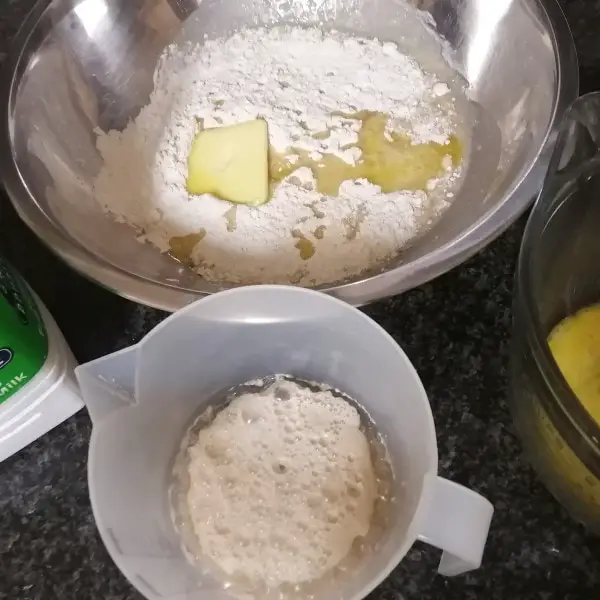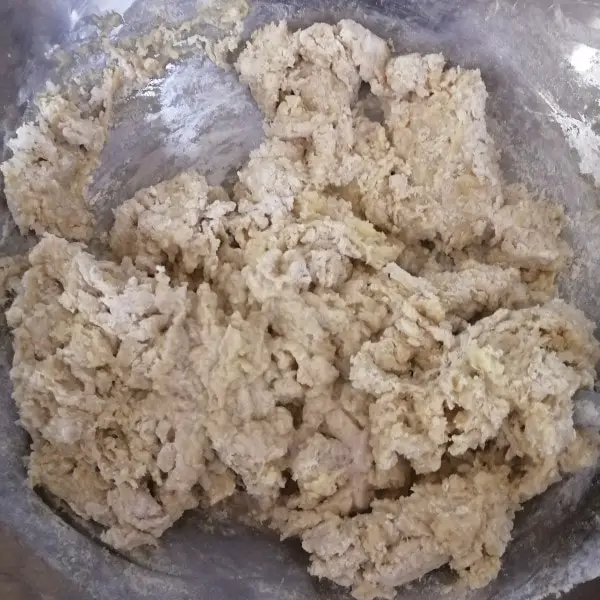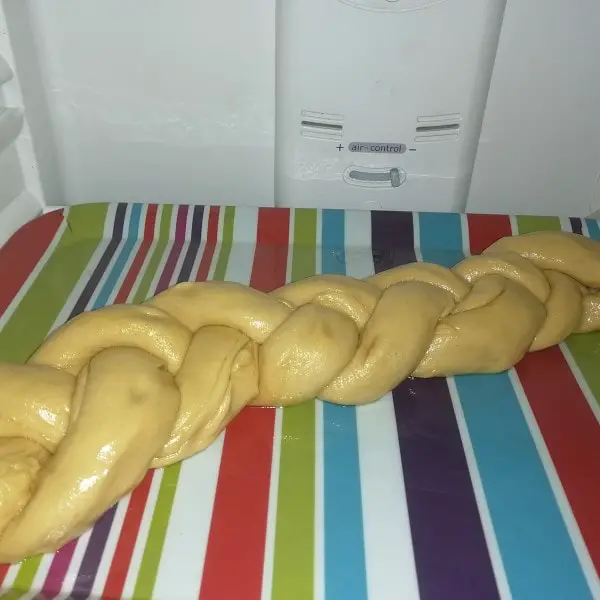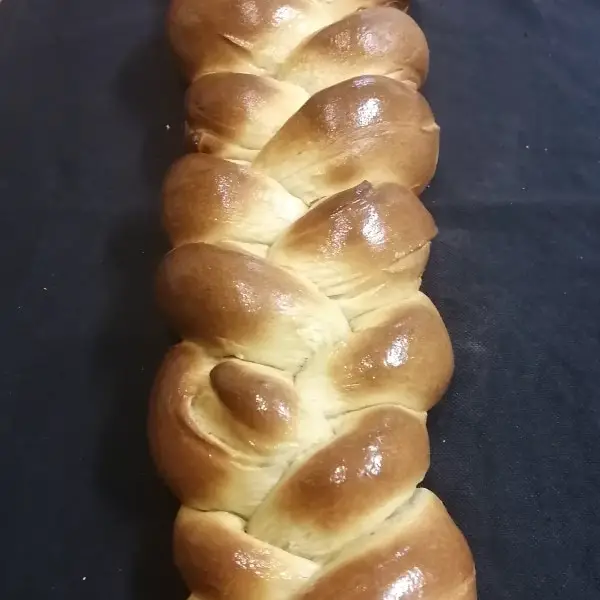This recipe is dedicated to my good friend Peter du Preez. May you have success in your endeavours and although life may send you around the globe, this should always remind you of home.
This striking loaf, with its plaited look is a cross between a brioche and a normal bread. While it does look quite complex, the recipe is incredibly simple and when using the fridge-prooving method, makes an excellent breakfast, especially if you wish to maximise your weekend mornings.
Using milk and butter in a recipe gives some richness to the bread and the addition of sugar adds a soft underlying sweetness that makes Kitka ideal for lazy breakfasts or afternoon tea – just lather on some butter and enjoy!
Plaiting bread adds interest to a loaf and allows a person to judge a portion quite easily – simply tear off a piece and the Cholla loaf will come apart in natural portions.
Basic recipe:
Mix milk, yeast and sugar in a jug. Separately, mix flour, salt, butter, 2 eggs in a bowl.

After 20 minutes, pour the milk-yeast mix into the flour bowl and add some water. Mix together.

Knead the mix until it becomes smooth and put back in the bowl to rise for 1-3 hours.

Cut the dough into 3 portions, roll out into sausages, plait the sausages together and let the dough rest overnight in the oven.

Brush with egg-wash and bake until golden and delicious…

